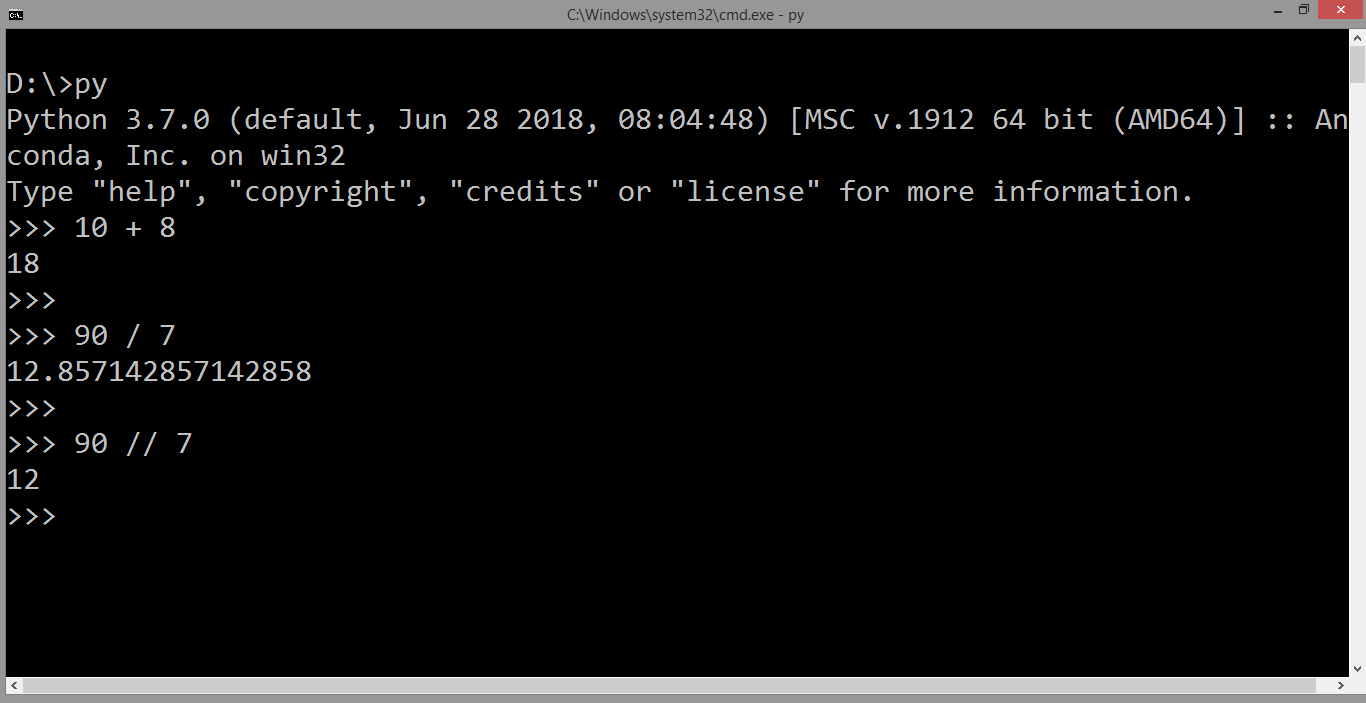What is the difference between Python script and shell script?
What is the difference between Python script and shell script?
The age-old debate: Python scripts vs shell scripts! Both are programming languages, but they serve different purposes and have distinct characteristics.
What are shell scripts?
Shell scripts are programs written in a specific scripting language that interacts with an operating system (OS) using the command-line interface (CLI). The most popular shells include Bash, Zsh, and PowerShell. Shell scripts typically perform tasks such as:
Automation: Automate repetitive commands or processes. Data processing: Manipulate text files, sort data, or perform simple calculations. System administration: Manage system resources, create users, or modify file permissions.Shell scripts are executed by the shell (e.g., Bash) and are often used for:
Scripting: Automating tasks and workflows. System configuration: Managing system settings and configurations. Data analysis: Processing and manipulating data in a pipeline-like manner.What are Python scripts?
Python is a high-level, interpreted programming language known for its ease of use, readability, and flexibility. Python scripts can:
Automate tasks: Perform complex automation tasks using libraries likeos and subprocess. Data analysis and science: Process data, perform statistical analyses, and create visualizations with popular libraries like NumPy, Pandas, and Matplotlib. Web development: Build web applications using Flask or Django, handle HTTP requests, and interact with databases.
Python scripts are executed by the Python interpreter and are often used for:
Rapid prototyping: Quickly test ideas and concepts without worrying about performance optimization. Data analysis and machine learning: Perform complex data analyses, build machine learning models, and deploy them as web applications. Automation: Automate tasks that require more control and flexibility than shell scripts can offer.Key differences
Language: Shell scripts are written in a specific scripting language (e.g., Bash), while Python scripts are written in the Python programming language. Interpretation: Shell scripts are interpreted by the shell, whereas Python scripts are executed by the Python interpreter. Purpose: Shell scripts focus on system administration, automation, and data processing, while Python scripts focus on data analysis, machine learning, and web development. Syntax: Shell scripts use a syntax similar to command-line commands (e.g.,ls, mkdir), whereas Python scripts use the syntax of the Python programming language (e.g., print("Hello World")). Portability: Python scripts are more portable across different operating systems and platforms, while shell scripts are often specific to a particular OS or shell.
In summary, if you need to automate simple tasks, perform basic data processing, or manage system resources, a shell script might be the better choice. However, if you require more control, flexibility, and complex data analysis capabilities, a Python script is likely your best bet.
What is Python shell with example?

I'm glad you asked! In this answer, I'll provide information about the Python shell and include examples.
What is the Python Shell?
The Python shell, also known as an interactive shell or read-eval-print loop (REPL), is a built-in tool in Python that allows you to interact with your Python code directly. It's essentially a command-line interface where you can execute Python statements one at a time and see their output immediately.
How does it work?
When you open the Python shell, it starts by printing a prompt indicating that it's ready for input. You type a Python statement or expression, press Enter, and the shell executes your code and displays the result. This process is repeated until you choose to exit the shell.
Here are some basic examples of how you can use the Python shell:
Simple arithmetic: Type3 + 4 (including the space after the +) and press Enter. The shell will respond with the result: 7. Variable assignment: Assign a value to a variable using the = operator, such as x = 5. Now you can use the variable in expressions. Printing output: Use the print() function to display text or variables, like this: print("Hello") or print(x) (where x is the variable we assigned earlier). Function calls: Define a simple function and call it using the shell:
def hello(name):
print(f"Hello, {name}!")
hello("John")
x = 5 / 0 # division by zero
Output: ZeroDivisionError: division by zero
Why use the Python Shell?
Quick experimentation: Try out new code ideas or test small snippets of functionality without creating a full program. Debugging: Use the shell to step through your code, inspect variables, and identify errors more easily. Learning and exploration: The interactive nature of the shell makes it an excellent tool for learning Python concepts, such as data types, control structures, or modules.How to use the Python Shell?
You can access the Python shell in various ways:
Command-line interface (CLI): Open a terminal or command prompt and typepython (on Windows) or simply python (on macOS/Linux). This will start the Python interpreter and display the prompt. Integrated Development Environment (IDE): Many popular IDEs, such as PyCharm, Visual Studio Code, or Spyder, offer an integrated shell for easier testing and debugging. Online platforms: There are online platforms like Repl.it, CodePen, or Ideone that provide a web-based Python shell for quick experimentation.
In summary, the Python shell is an essential tool for any Python developer. It allows you to interact with your code in real-time, making it perfect for experimenting, debugging, and learning.





























